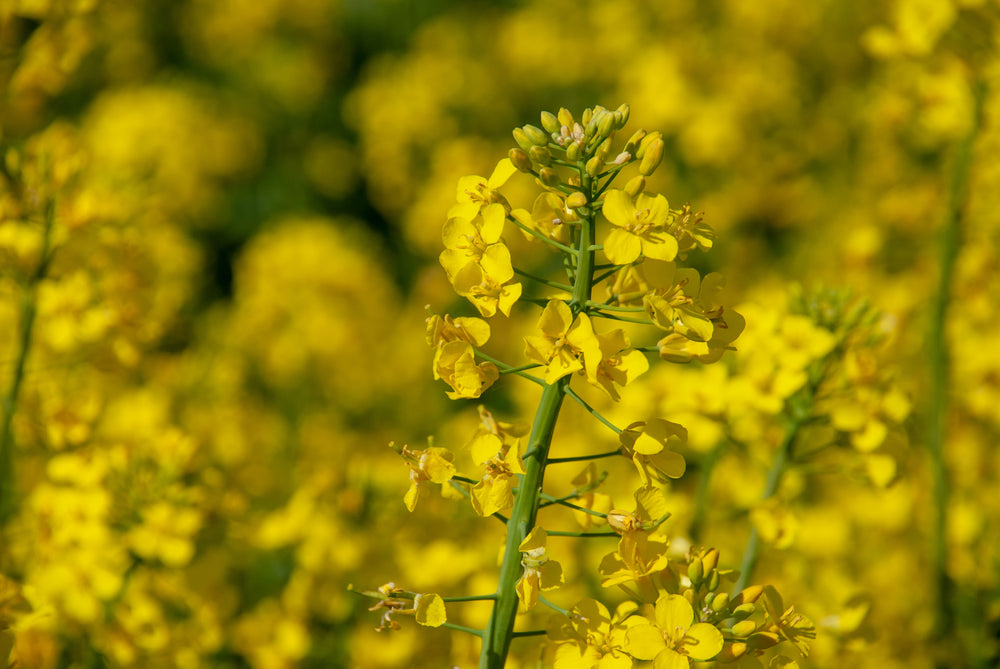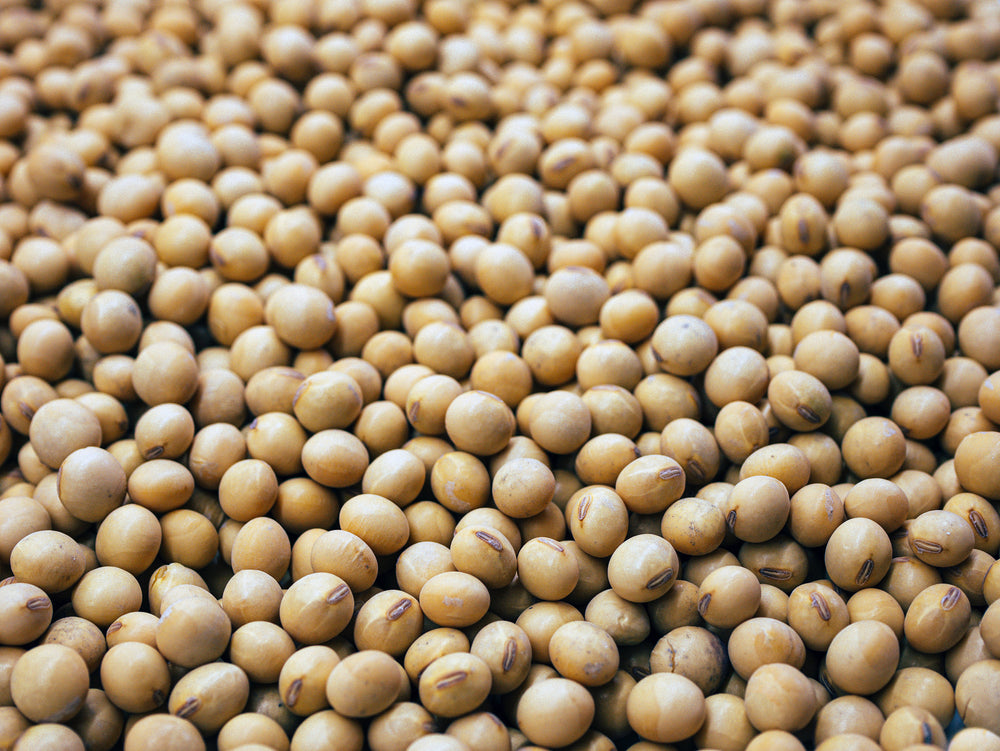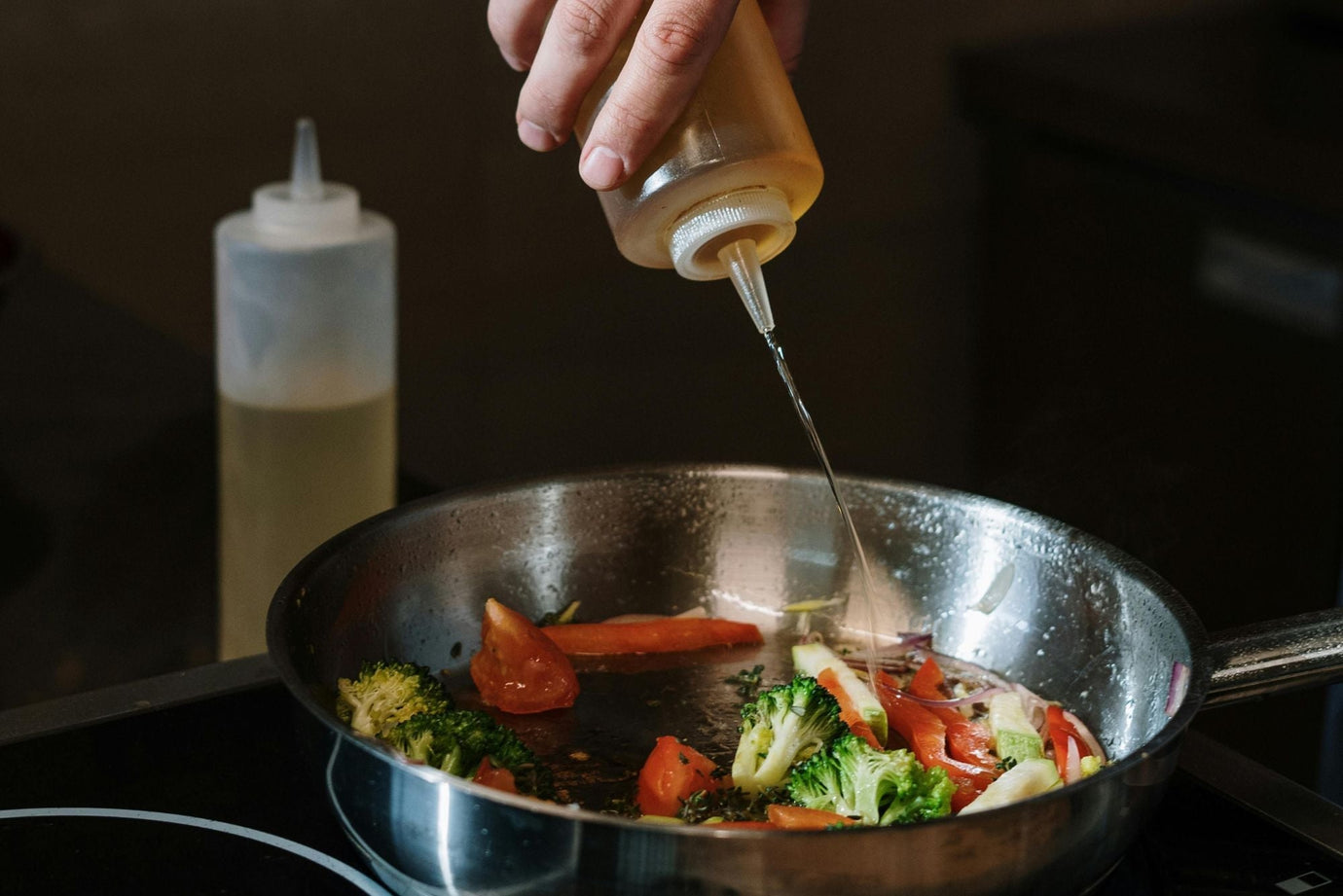Your Guide to Storing Cooking Oil in Bulk
If you're managing a restaurant or food service business, you know how important it is to keep your ingredients fresh. The same applies to the cooking oil you use in recipes. Maintaining the quality of your cooking oil for frying, dressing, and other culinary uses ensures that your food tastes its best.
Knowing how to store bulk cooking oil properly will prevent your stock from being wasted, saving you time and money. In this guide, we will cover the best practices for storing bulk vegetable oils, including optimal storage conditions and special considerations for certain types of olive oil.
Quick Tips for Cooking Oil Storage
- Avoid exposure to light, heat, and air as much as possible.
- Keep oils in a cool, dark place.
- Keep oils away from heat sources like ovens. Be sure to check for unexpected heat sources too (e.g. windows with direct sunlight, electrical panels, etc.).
- Keep oils in airtight containers.
- Always label containers with the date.
- Always be careful when opening containers to avoid getting other substances in the oil.
Bulk Oil Storage Guide
Cooking oil quality declines over time, especially when exposed to light, heat, and air. These elements accelerate the oxidation process, leading to the formation of undesirable flavours and odours. This not only affects the taste but also reduces the oil's nutritional value.
In general, you’ll want to avoid exposure to these elements to get the most use out of every batch. Here’s a handy guide to what you should and shouldn’t do:
Do’s and Don’ts When Storing Cooking Oil in Bulk

These principles apply to large containers as much as to the bottles of oil in your pantry. However, commercial kitchens must take extra precautions due to the larger quantities of oil involved. Let’s discuss them in further detail.
Ideal storage conditions
Cooking oil is best stored in a cool, dark place. Never place containers near a stove, oven, or other sources of heat. Not only is this a fire hazard, but high temperatures will turn the oil rancid faster. On the same note, avoid exposing the containers to direct sunlight.

Keep containers airtight
Oil degradation can also happen when water and other liquids mix with the oil in storage, leading to bacterial growth and chemical changes. Make sure to seal containers tightly to minimize exposure to air and prevent any contamination.
Check oil quality regularly
Unusual odours or a change in colour can signal spoilage or rancidity. To avoid this, we recommend labelling and organizing containers by date to ensure the oldest oil is used first. It’s also helpful to know the shelf life of the oils you ordered. This important info can usually be found on the spec sheet of the manufacturer, as it may vary from supplier to supplier.
Generally, refined oils like canola, sunflower, and soybean have a shelf life of 1 year if unopened and up to 5 months after opening. They last longer in storage compared to unrefined oils.
On the other hand, extra virgin olive oil (EVOO) is more sensitive to light and heat. That’s the reason why it typically comes in dark bottles when sold in retail sizes. The same applies to bulk orders, experts recommend storing it between 55 to 60°F. Unlike refined oils, it should be used relatively quickly after opening to get the full flavour and nutritional benefits.
How to Tell If an Oil Is Rancid
No one wants to cook with oil that's gone bad. Not only does it ruin your dish, but it can make you and your customers sick. So, how do you know if your oil is still good? Watch out for the following signs that cooking oil has spoiled or gone rancid:
- Smelling sour, metallic, or just plain unpleasant.
- Changes in colour such as turning cloudy or darker.
- Sediment or particles floating around (except in unfiltered olive oil, where it’s normal).
If you encounter any of these, stop using that batch immediately. Instead, check with local waste management authorities on how to safely dispose of rancid cooking oil.
How To Make Cooking Oil Last Longer
You can make cooking oil last longer by slowing down the oxidation process. Oxidation is a chemical process that degrades the oil over time, caused by exposure to oxygen. Light and heat can also speed up the oxidation process. To make your oil last longer, it’s crucial to keep it in an airtight container in a cool, dark place. This will slow down the oxidation process as much as possible.
How To Store Canola Oil
To store canola oil, the first step is to use an airtight container. This will slow the process of oxidation and help ensure that no bacteria gets into the oil that could speed up its degradation. Next, you’ll want to ensure that it’s kept in a cool and dry place–away from heat and light sources. For example, it’s a good idea to keep the canola oil away from ovens, windows, and sources of moisture like dishwashers or bathrooms.
Conclusion
Following proper storage methods for bulk oil helps prevent spoilage, and partnering with a reliable supplier ensures that your oil is fresh and high-quality to begin with. If you use a large amount of cooking oil, Distributions Katrina provides bulk oil solutions and can advise you on the best container types, correct handling, and custom installations for your restaurant or food business.

